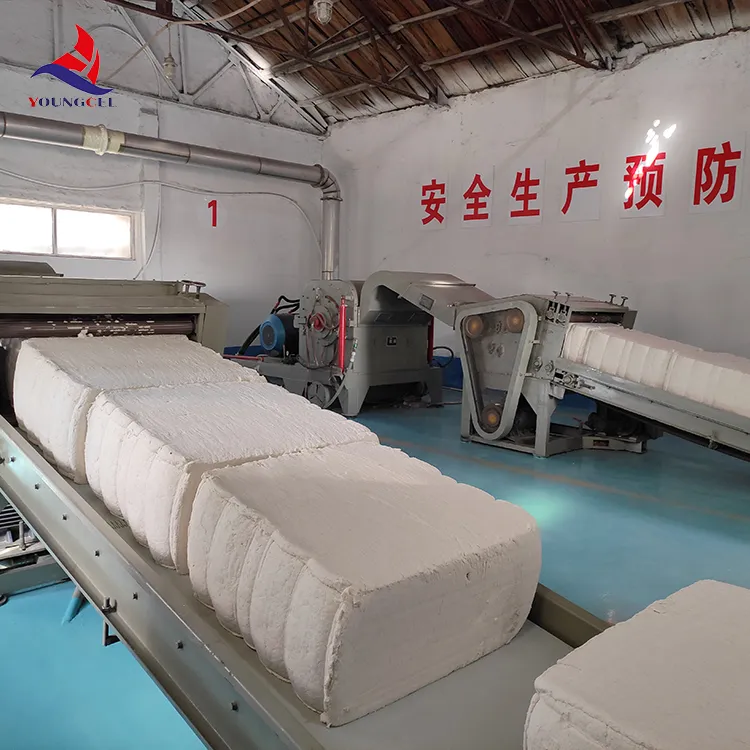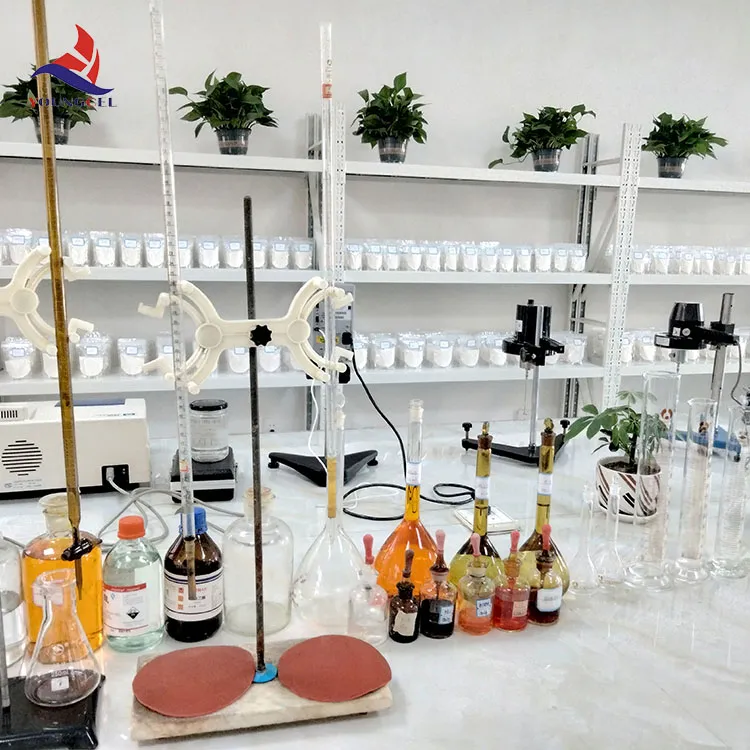- Understanding hpmc 5 cps viscosity
and its relevance in industrial applications - Technical advantages of low and high viscosity HPMC grades: A comparative analysis
- Leading manufacturers of HPMC: Performance and market standing
- Customizing HPMC solutions: Addressing unique formulation requirements
- Application case studies: Best-fit solutions for different industries
- Comparative data: HPMC 5 cps, 150000 cps, and 200000 cps in practical usage
- Conclusion: The role of hpmc 5 cps viscosity in future industries

(hpmc 5 cps viscosity)
Introduction to hpmc 5 cps viscosity and Its Industrial Significance
The characteristic of hpmc 5 cps viscosity defines a grade of hydroxypropyl methylcellulose (HPMC) with a viscosity of 5 centipoise in a 2% aqueous solution measured at 20°C. This seemingly low viscosity parameter plays a pivotal role in a diverse range of industries, particularly in formulations where flowability, rapid solubility, and a minimal thickening profile are mandatory. The measure of viscosity, along with surface activity and hydration dynamics, has emerged as a critical selection criterion for formulators seeking tailored functionalities. Understanding the specific requirements for different product categories—such as pharmaceutical tablets, coatings, adhesives, paints, detergents, and construction chemicals—enables specialists to choose the most effective HPMC grade.
In pharmaceutical applications, for example, low viscosity HPMC like 5 cps is prized for its exceptional film-forming properties and rapid dissolution, making it a key component in tablet coatings and immediate-release drug delivery systems. Meanwhile, the food industry leverages this grade for its compatibility and clarity, supporting stability in beverage mixes and bakery products. The importance of hpmc 5 cps viscosity is further highlighted by regulatory acceptance globally, including compliance with USP, EP, and JP standards, ensuring safety and consistency in use across sectors.
Technical Advantages: Low vs High Viscosity HPMC Grades
The viscosity spectrum of HPMC, ranging from ultra-low (such as 5 cps) to high grades (150000 cps and 200000 cps), underpins its versatility. Low viscosity HPMC (5 cps) demonstrates rapid dispersion, low molecular weight, and minimal impact on rheological behavior. This leads to enhanced solubilization, ease of pumping, and improved wetting, which are especially advantageous in processes requiring thin coatings or high throughput.
In contrast, hpmc 150000 cps and hpmc 200000 cps grades excel in high viscosity applications. The higher molecular weights in these variants translate to superior water retention, controlled-release characteristics, and robust thickening. For instance, in tile adhesives and cement renders, these grades promote workability, sag resistance, and longer open times. Data from recent industrial trials show that high viscosity HPMC can achieve water retention rates exceeding 98%, while 5 cps HPMC is limited to values below 60% but excels in rapid disintegration and clarity.
In paints and coatings, the selection of viscosity directly affects leveling, brushability, and anti-sag performance. The advantage of a tailored grade ensures that manufacturers meet stacking constraints, desired finish, or dissolution rates. Ultimately, recognizing the interplay of viscosity with end-use requirements is fundamental for high performance product development.
Key HPMC Manufacturers: Performance and Market Comparison
Choosing the right HPMC supplier is crucial to quality assurance and price-performance balance. The global landscape includes industry leaders such as Dow Chemical (USA), Ashland (USA), Shandong Head (China), LOTTE Fine Chemical (Korea), and Samsung Fine Chemicals (Samsung Biologics). Each is known for specific strengths pertaining to product purity, particle size control, viscosity precision, and bulk availability.
The following table compares primary parameters of hpmc 5 cps viscosity, hpmc 150000 cps, and hpmc 200000 cps products sourced from leading manufacturers:
| Manufacturer | Viscosity Grade | Actual Viscosity (cps) | Purity (%) | Water Retention (%) | pH Range | Bulk Density (g/cm³) |
|---|---|---|---|---|---|---|
| Dow Chemical | hpmc 5 cps | 5 | 99.2 | 58 | 6.0–8.0 | 0.35 |
| Ashland | hpmc 150000 cps | 148,000 | 99.0 | 97 | 5.8–7.5 | 0.31 |
| Shandong Head | hpmc 200000 cps | 202,000 | 98.8 | 98 | 6.5–8.0 | 0.37 |
| LOTTE Fine Chemical | hpmc 150000 cps | 151,000 | 99.1 | 96 | 6.0–8.0 | 0.32 |
| Samsung Biologics | hpmc 5 cps | 5.3 | 99.3 | 57 | 6.2–7.8 | 0.34 |
Dow and Samsung Biologics consistently deliver high purity and pH stability for low viscosity grades, while Shandong Head offers industry-leading water retention at higher viscosities. Selection criteria often weigh cost per kg, supply chain reliability, and technical support capabilities.
Custom HPMC Solutions: Meeting Unique Formulation Needs
Industries progressively require HPMC formulations that dovetail with highly specialized product demands. Variations in viscosity, particle size, substitution type (methoxy and hydroxypropyl content), and end-use performance drive customization. Custom blending allows manufacturers to specify dissolving rates, gel temperatures, and particular functional groups for optimised compatibility in challenging substrates or regulatory frameworks.
For instance, a polymer blend with 5 cps HPMC and microcrystalline cellulose can improve film formation in oral dosage forms without impeding disintegration. In the construction sector, blends incorporating hpmc 150000 cps offer excellent anti-sag and water retention with adjustable hydration rates to match climate or substrate moisture. The flexibility to tailor viscosity and functional performance minimizes product failures and maximizes resource efficiency, ultimately supporting sustainable production principles.
Real-World Case Studies: Industry Applications of Varied Viscosity HPMC
In pharmaceuticals, a leading generics company adopted hpmc 5 cps viscosity in an immediate-release aspirin tablet. The fast dissolving film coating reduced disintegration time from 22 to 12 seconds, meeting stringent regulatory acceptance for rapid onset medications. Meanwhile, a construction adhesives brand opted for Shandong Head’s 200,000 cps HPMC to boost water retention in cementitious adhesives to nearly 98%, significantly reducing adhesive failure in humid climates.
An international paint producer reformulated with a blend of 5 cps and 150000 cps HPMC, achieving a 23% increase in leveling efficiency and a 20% boost in open time, directly improving painter productivity and finish quality. Food manufacturers, on the other hand, deploy 5 cps grades to ensure suspension stability in fortified beverages while maintaining clarity and ‘curtain effect’ in functional drink applications.
Data Comparison: HPMC 5 cps, 150000 cps, 200000 cps in End-Use Scenarios
To further clarify the impact of viscosity grade selection, the following comparative table outlines key application differences:
| Parameter | hpmc 5 cps | hpmc 150000 cps | hpmc 200000 cps |
|---|---|---|---|
| Apparent Viscosity (2% sol, 20°C) | 5 cps | 150,000 cps | 200,000 cps |
| Film-forming Speed | Very High | Moderate | Slow |
| Water Retention (%) | 58–60 | 96–98 | 97–98.5 |
| Application Type | Pharma coatings, beverages, detergents | Construction, paints, thickening agents | Tile adhesives, plasters, controlled release |
| Dissolution Time | <10 min | 20–30 min | 30–45 min |
| Cost (USD/kg) | 3.2–4.0 | 4.5–5.5 | 5.8–6.5 |
This data demonstrates that hpmc 5 cps viscosity excels in fast-acting and low-thickening systems, while higher grades offer superior water retention and thickening, making them indispensable for construction and controlled release forms. The trade-off between cost, performance, and processing dynamics should inform the material selection process.
The Future of hpmc 5 cps viscosity in Innovative Industries
The ongoing evolution in sectors such as pharmaceuticals, food & beverage, and construction points toward a sustained demand for accurately graded HPMC, particularly at low viscosities. As formulations become more complex and regulatory frameworks more stringent, precise control over hpmc 5 cps viscosity will facilitate new applications, from water-based diagnostics to “smart” coatings with on-demand dissolution characteristics.
The flexibility of HPMC, combined with continuous advancements in process technology and supply chain reliability, cements its position as a preferred polymeric additive. Careful grade selection—rooted in an understanding of performance data, supplier capabilities, and end-use requirements—will remain central to leveraging the full value of this versatile material.

(hpmc 5 cps viscosity)
FAQS on hpmc 5 cps viscosity
Q: What does "HPMC 5 cps viscosity" mean?
A: "HPMC 5 cps viscosity" refers to Hydroxypropyl Methylcellulose with a viscosity of 5 centipoise in a 2% aqueous solution. This indicates a very low-thickening grade. Lower cps HPMC is often used for film-coating or as a binder.Q: How does HPMC 200000 cps differ from HPMC 5 cps viscosity?
A: HPMC 200000 cps has much higher viscosity than HPMC 5 cps, indicating a thicker, more gel-like texture. It's suitable for applications requiring strong thickening or gel formation. In contrast, 5 cps is primarily used where minimal viscosity is desired.Q: What are the uses of HPMC 5 cps viscosity?
A: HPMC 5 cps viscosity is commonly used in pharmaceuticals for film coating, as a binder, or in solutions where low viscosity is required. It dissolves quickly and produces clear solutions. It's also useful in eye drops and other liquid formulations.Q: For what applications is HPMC 200000 cps recommended?
A: HPMC 200000 cps is ideal for products that need high viscosity, such as tile adhesives, construction mortars, and thick gels. It provides excellent water retention and bonding strength. It’s not suitable where low viscosity is required.Q: How does HPMC 150000 cps viscosity compare with HPMC 200000 cps?
A: HPMC 150000 cps has a slightly lower viscosity than HPMC 200000 cps, offering good thickening but a less gel-like consistency. Both are used for similar applications in construction and adhesives. The specific choice depends on the required texture and performance.-
The Application and Significance of Construction RdpNewsMay.19,2025
-
Industrial Grade HpmcNewsMay.19,2025
-
Building Coating Adhesive Building Coating Adhesive HpmcNewsMay.19,2025
-
Application Of Hpmc For Detergent For Detergent In DetergentsNewsMay.19,2025
-
Application Of Hpmc Cellulose In Cement-Based MaterialsNewsMay.19,2025
-
Application Of High Quality Hpmc For Construction In The Field Of ConstructionNewsMay.19,2025




